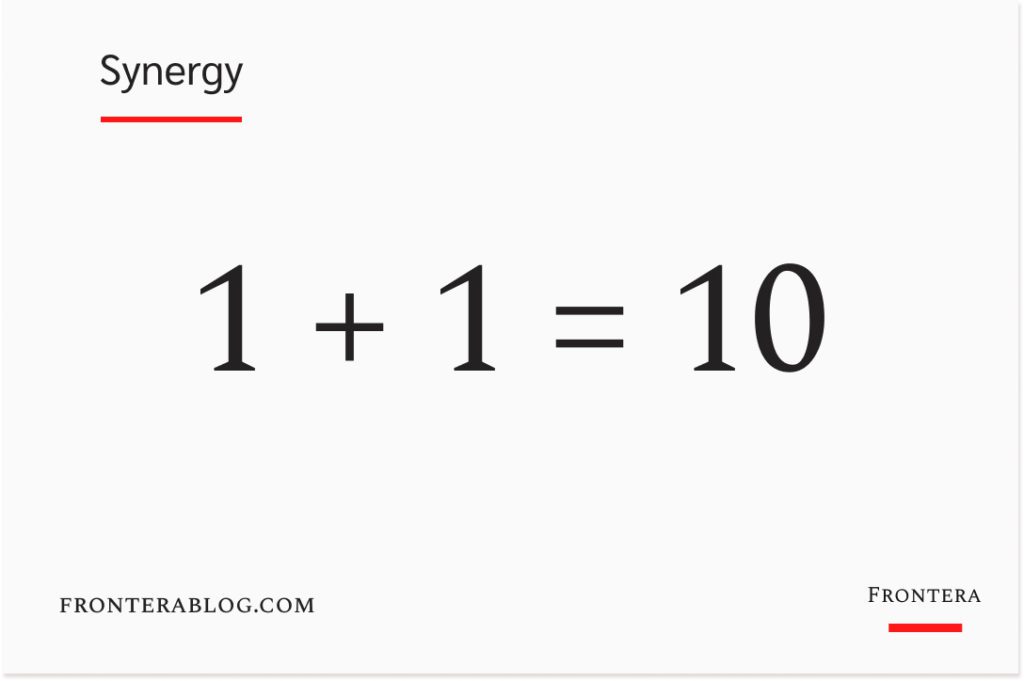In April 2005, YouTube co-founder Jawed Karim uploaded the first video on the platform: Me at the zoo.
And the platform went live.
The founders expected YouTube to succeed.
But nobody imagined it would happen that fast.
People loved uploading and watching videos.
In one year, YouTube reached 25 million daily views.
And new users kept coming.
But behind the scenes, problems grew at the same rate.
As video streaming requires high bandwidth and storage, the founders had to find ways (and money) to increase capacity all the time.
Besides technical challenges, copyright infringement complaints started coming in from media companies.
It came to a moment when YouTube was about to fail because of its own success.
They were either going to run out of money because of server costs or a lawsuit was going to take them down.
And they still had no idea how to properly monetize the platform.
So they started looking for buyers.
And only 19 months after the first video, Google bought YouTube for $1.65 billion.
Synergy, beyond the buzzword
At that time, many believed Google overpaid.
YouTube had no profitability in sight and many potential risks.
But it turned out to be one of the best acquisitions of all time.
How?
Well, Google provided YouTube with an unlimited budget to bear costs, and the best engineers and lawyers to deal with issues.
And YouTube provided what Google was missing: a growing social platform to collect data and a new advertising channel.
It was the perfect marriage.
The synergy between these two companies didn’t create value only for them. Today 2.6 billion people use it for entertainment or to learn anything they want.
And millions of creators earn their living from YouTube.
It was a win-win-win acquisition.
And that’s what synergy is: when a combination of companies, talents, or ideas creates more value than the sum of them alone.

Today, synergy is a buzzword to merely imply collaboration.
But as a concept, it’s deeper than that.
Synergy can come in different forms.
Synergy Examples In Business And Life
- Technology: Jeff Bezos succeeded by using the synergy of three waves. The internet, transportation, and payment systems. Amazon built none of them, but it was one of the first companies to combine their power at scale.
- Ideas: Progress comes from the synergy of various ideas. That’s why countries and companies that allow different perspectives to coexist succeed over others.
- Talent: People with different skills working together achieve much more than working alone. Most successful startups have a co-founder with sales/marketing skills and another one with engineering (e.g. Steve Jobs & Steve Wozniak).
Now the question is, how can you intentionally use synergy?
Three Ways To Use Synergy In Business And Life:
1. Leverage your strengths
YouTube had a competitor early on: Vimeo.
They had a similar number of users for a while.
But YouTube won the battle — even before the acquisition.
I can hear you asking how.
Well, Vimeo faced the same problems as YouTube.
But they tried to fix it by curbing growth.
They limited video time and size for uploads to keep server costs under control. And they put in strict rules to avoid copyright issues.
What did users do?
They went to YouTube.
So YouTube reached a bigger network faster (remember the economic moats and critical mass). And they removed their weaknesses with the Google acquisition, instead of limiting their strengths.
It’s a lesson for our lives too.
Many people put themselves in positions where they use less of their strengths. Only to improve their weaknesses.
And they end up with mediocre results, like Vimeo.
But great results only come when you operate from your strengths and remove the weaknesses by hiring or partnerships.
So use synergy intentionally to leverage your strengths.
2. Think win-win
In zero-sum games (corporate careers, politics) everybody competes for a few positions at the top of the hierarchy.
So somebody has to lose for you to win.
But life is different.
There can be multiple winners in transactions.
So instead of trying to beat others, look for win-win scenarios.
It’s not only less stressful but also more pragmatic.
3. Be willing to be wrong
Dealing with opposing viewpoints is not pleasant.
But the synergy of different arguments is the only way to find the best solutions.
Even a stubborn leader like Steve Jobs admitted to losing many arguments.
So never be afraid of being wrong.
Actively look for different perspectives to find a better way.
Instead of titles or hierarchy, let the best idea win.
–
Enjoyed this article?
Then you’ll love the How Brands Win Newsletter.
Get the “7 Positioning Sins That Cost B2B Brands Millions” guide when you join. It’s free.
